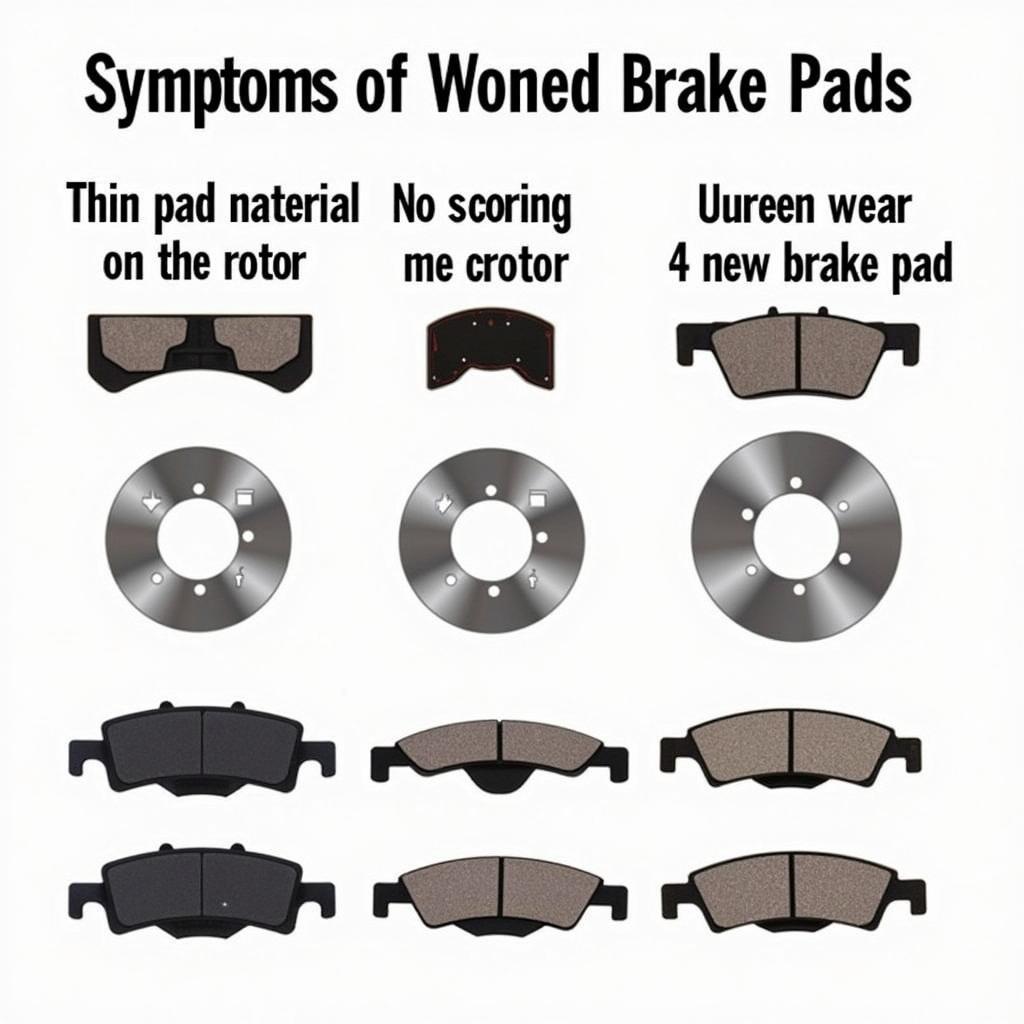When your car won’t start, it’s often a sign that your starter is having issues. The starter is a crucial part of your car’s ignition system, responsible for turning the engine over so it can start. This guide will provide you with all the information you need to understand the symptoms, troubleshooting steps, and potential solutions for a faulty starter.
Understanding the Starter and Its Role
The starter motor is an electric motor that engages with the engine’s flywheel to crank the engine. It is activated when you turn the key in the ignition, sending a current from the battery to the starter motor. This current energizes the starter, causing it to spin and engage with the flywheel, which in turn rotates the crankshaft and ultimately starts the engine.
Common Signs of a Faulty Starter
If you’re experiencing any of the following symptoms, it may be a sign that your starter is failing:
- Slow Cranking: The engine turns over slowly when you start the car, which could be due to a weak battery, but could also indicate a failing starter motor.
- Clicking Noise When Turning the Key: A clicking sound when turning the ignition is a sign that the starter is engaging but not spinning. This could be due to a worn starter solenoid or a faulty starter motor.
- Starter Motor Spins, But Engine Doesn’t Turn Over: If the starter is spinning but the engine doesn’t turn over, it suggests that the starter is engaging with the flywheel but there’s a mechanical problem preventing the engine from turning, like a broken timing belt.
- Starter Gets Stuck: The starter motor may get stuck in the engaged position, preventing the engine from starting and requiring you to disengage it manually.
Troubleshooting Steps
Before you jump into replacing the starter, it’s important to do some basic troubleshooting to confirm that the starter is indeed the culprit.
1. Check the Battery
A weak battery can often cause the starter to crank slowly or not turn over at all. Use a multimeter to check the battery voltage. It should be at least 12.6 volts when fully charged. If your battery is low, replace it or jump-start your car.
2. Inspect the Battery Cables
Make sure the battery cables are securely connected to both the battery and the starter. Loose or corroded cables can prevent the starter from receiving the necessary current.
3. Check the Starter Solenoid
The starter solenoid is a small switch that allows current to flow to the starter motor. If the solenoid is faulty, it won’t engage the starter motor, resulting in a clicking sound when turning the key.
4. Check the Starter Motor
If the starter solenoid is working properly, the issue may be with the starter motor itself. You can test the starter motor by bypassing the starter solenoid. This involves running a jumper cable directly from the battery’s positive terminal to the starter’s positive terminal. Caution: This is an advanced troubleshooting step and should only be attempted by someone familiar with car repair procedures.
How to Replace a Starter Motor
If your troubleshooting suggests the starter motor is faulty, you’ll need to replace it. Here’s a general guide for replacing a starter:
1. Gather the Necessary Tools
You’ll need the following tools:
- Socket wrench set: For removing the starter bolts.
- Wrench: For disconnecting the battery terminals.
- Multimeter: For testing the starter solenoid and battery.
- Jack and stands: For raising the car if necessary.
- New starter motor: Make sure to purchase a starter motor specifically designed for your car model.
2. Disconnect the Battery
Before working on any part of the car’s electrical system, always disconnect the negative battery terminal. This will prevent any accidental short circuits.
3. Locate the Starter Motor
The starter motor is typically located on the front of the engine, near the transmission.
4. Disconnect the Wiring Harness
Disconnect the wiring harness from the starter motor. Note the location of the wires so you can reconnect them correctly.
5. Remove the Starter Motor Bolts
Use a socket wrench to remove the bolts holding the starter motor in place. There are usually two or three bolts.
6. Remove the Starter Motor
Carefully lift the starter motor out of its mounting position. Be mindful of any hoses or cables that might be in the way.
7. Install the New Starter Motor
Follow the steps in reverse to install the new starter motor. Make sure to tighten the bolts securely.
8. Reconnect the Wiring Harness
Reconnect the wiring harness to the new starter motor, making sure to connect the wires in the correct locations.
9. Reconnect the Battery
Reconnect the negative battery terminal.
10. Test the Starter
Turn the key to start the car and ensure that the engine starts normally. If you encounter any issues, double-check your connections and troubleshoot accordingly.
Tips for Preventing Starter Problems
- Maintain a Healthy Battery: Ensure your battery is properly charged and maintained.
- Avoid Overheating: Avoid prolonged idling or heavy loads that could overheat the starter.
- Regular Inspections: Have your starter checked as part of your regular vehicle maintenance schedule.
FAQs
Q: What is the average lifespan of a starter motor?
A: A starter motor typically lasts for 100,000 to 150,000 miles, but this can vary depending on driving habits and maintenance.
Q: How much does it cost to replace a starter motor?
A: The cost of replacing a starter motor varies depending on your car’s make and model and labor costs in your area. However, you can expect to pay anywhere from $200 to $500.
Q: Can I replace a starter motor myself?
A: Replacing a starter motor is a challenging job that requires some mechanical knowledge and experience. It’s best to consult with a professional mechanic if you’re not comfortable with DIY car repairs.
Q: How can I tell if it’s the starter or the battery causing my car not to start?
A: A slow cranking sound often indicates a battery issue, while a clicking noise points toward the starter. However, it’s best to test both the battery and starter to pinpoint the exact cause.
If you’re still experiencing starting issues after trying these troubleshooting steps, it’s best to consult a qualified mechanic to diagnose and fix the problem.
For additional assistance, contact AutoTipPro at +1 (641) 206-8880 or visit our office at 500 N St Mary’s St, San Antonio, TX 78205, United States.






Leave a Reply